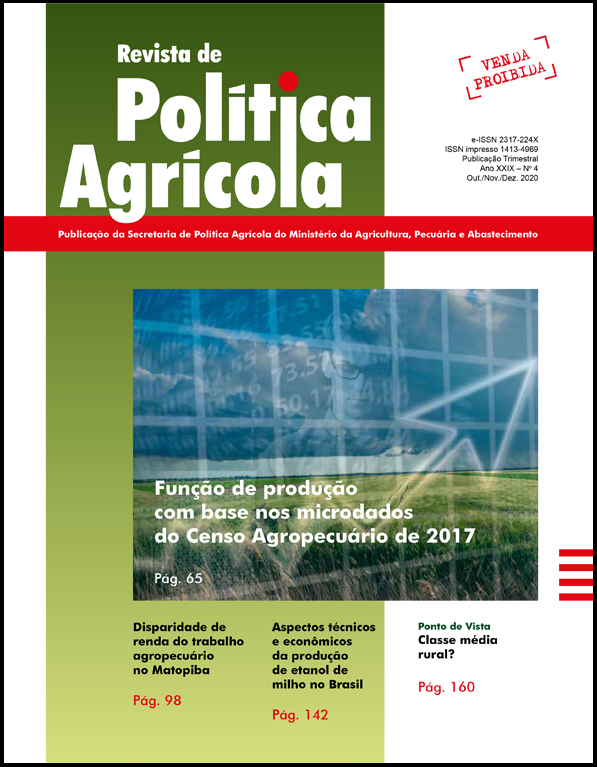Adoption of precision agriculture in subtropical environments
Keywords:
agribusiness, technology, Glycine max, BrazilAbstract
The precision agriculture (PA) aims to increase production and protect the environment, preserving soil and water resources, due to the rational use of agricultural inputs. One of tools of PA is the application of fertilizer at variable rate (VRT). The study aims to analyze the perceptions of farmers on the use VRT, identifying the determining factors for the adoption, its difficulties and the expected and perceived benefits on the use of VRT in subtropical environments. The study was done with farmers that use PA techniques in the soybean crop in the State of Rio Grande do Sul - Brazil. Although this study sampled farmers with a higher education than the average of producers in the region, issues related to knowledge and cost are factors that hinder the adoption of VRT. On the other hand, the benefits perceived by farmers were lower than expected. In sub-tropical environments the perception of the reduction of fertilizer is related to the number of crops on which farmers use VRT. All adopters of VRT had reduced the amount of fertilizer used in the soybean crop, with the greatest reductions been noticeable from the third crop of continue use of VRT.Downloads
Published
2020-12-30
How to Cite
Artuzo, F. D., & Costa, C. L. (2020). Adoption of precision agriculture in subtropical environments. Revista De Política Agrícola, 29(4), 131. Retrieved from https://rpa.sede.embrapa.br/RPA/article/view/1580
Issue
Section
Artigos Científicos


